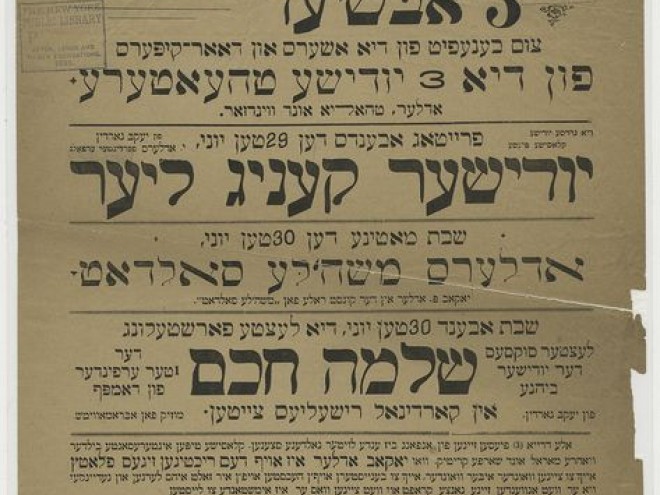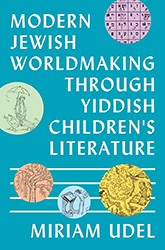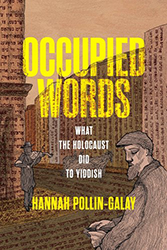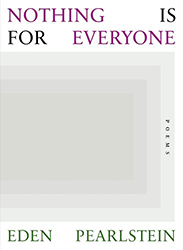In The Yiddish Historians and the Struggle for a Jewish History of the Holocaust, Mark L. Smith, a scholar of East European Jewry and of Holocaust history, contributes an important work of historiographic synthesis and recovery. Smith’s aim is to make available, and newly relevant, the collective scholarship of a cohort of Polish-born Jewish historians who came of age before the Shoah.They wrote, for the most part in Yiddish, for a serious and intellectually-engaged public. In Smith’s view, these “survivor historians” — Philip Friedman, Isaiah Trunk, Nachman Blumenthal, Joseph Kermish, and Mark Dworzecki — remain underappreciated. These Yiddish historians are responsible for groundbreaking work in a number of fields — above all, in their postwar histories of everyday life in the camps and in their accounts of the forms of Jewish resistance during Nazi degradations, especially in terms of spiritual defiance. The work of these Yiddish historians, who represent the “last authentically vernacular phase of public conversation” ought to be made more available to historians, as well as to the public.
To that end, Smith gathers extensive bibliographies of the writings of these five figures, all Holocaust survivors who, after the war, continued in their professional careers in various capacities and locations (YIVO in New York, Israel, Paris, and more). They kept faith with their “pre-war identities as self-reflective Jewish professionals” and attempted to “to study and convey to their fellow survivors the Jewish history of the Nazi period.” Most importantly, and poignantly, they became “the literary executors of the murdered authors,” the Jews who left fragments of memoirs or who sought, somehow, to document the horror of their camp traumas. Eventually, by contributing to Yiskor books, gathered from their own home towns as well as other vanished places, and through the creation of the Central Jewish Historical Commission in Poland, the Yiddish historians helped create the “foundation story of Jewish Holocaust research in Eastern Europe.”
For more knowledgeable students of Holocaust history and Jewish history in general, The Yiddish Historians will be fascinating; Smith’s recuperation of this important cohort in The Yiddish Historians is designed for a more scholarly, more academic audience. The arc of these historians’ intellectual and personal careers is truly remarkable; their contributions to Holocaust studies remain truly important. For a new generation of scholars, their rich archive of scholarship on a variety of subjects should become indispensable.
We need to thank Professor Smith for his monumental act of historiographic and cultural recovery. As a result of his exhaustive efforts, Smith shows how this first generation of Yiddish Holocaust historians anticipated some of the most pressing issues in the field today, as they engaged with and challenged controversial figures like Hannah Arendt and Raul Hilberg. Above all, Smith shows that we need to revisit their groundbreaking research on Jewish life in the ghettos of Eastern Europe and in the camps, recognizing that these Yiddish historians were among the first to understand and describe the deeper meanings — and forms — that Jewish resistance took during the Holocaust.
Donald Weber writes about Jewish American literature and popular culture. He divides his time between Brooklyn and Mohegan Lake, NY.





